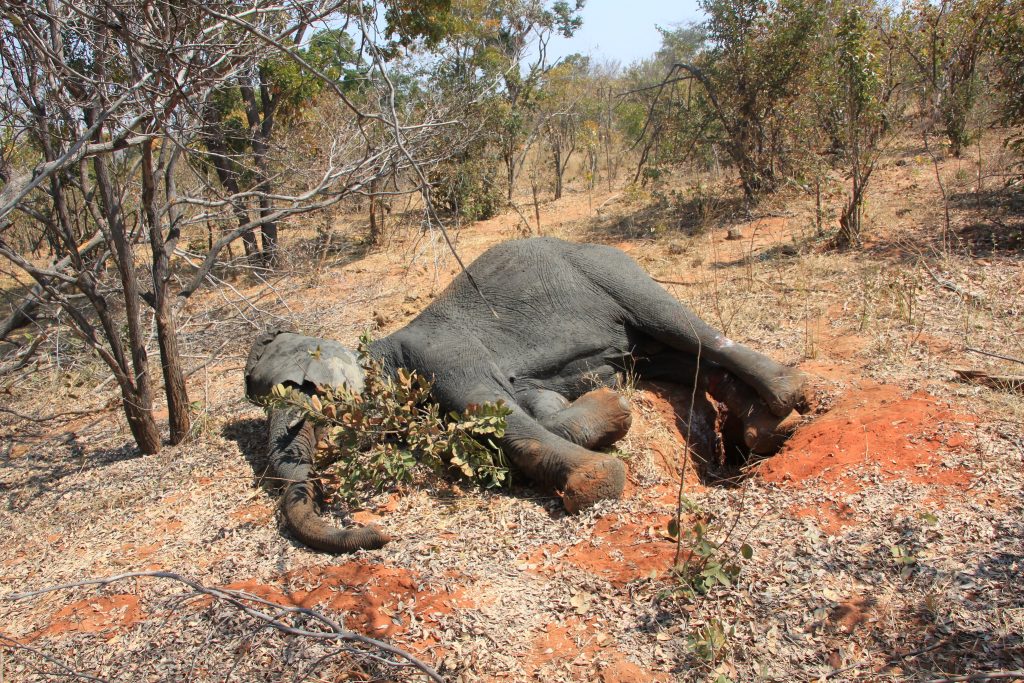In 2020, VFWT and Zimbabwe Parks and Wildlife Management Authority investigated a series of elephant mortalities in northwestern Zimbabwe. They were initially thought to be due to anthrax, but ultimately found to be due to septicaemia instead. Along with international team members, we now know the mortalities were associated with a little-studied bacterium. We are pleased to announce the publication of our results to the scientific community.
You can read more about the process of how this work unfolded on the “Behind the Paper” blog post written by co-author Laura Rosen, epidemiologist for the KAZA Animal Health Sub Working Group. An extract is available below:
Unravelling the mystery of elephant mortalities in Zimbabwe to find an unexpected culprit – a close relative of Pasteurella multocida
As winter retreated in August 2020, elephants in north-western Zimbabwe began to die. Their tusks were intact and there was no sign that they had been poached or poisoned. Elephant deaths due to anthrax at this time of year aren’t unusual in the region, so that was the thought at first. Veterinarians don’t open the carcass when anthrax is suspected to avoid contaminating the environment with anthrax spores. Instead, we take samples such as blood smears, then burn or bury carcasses if possible. When the first elephant died, it looked like anthrax. Minimal samples were taken that afternoon and the carcass was burned…




